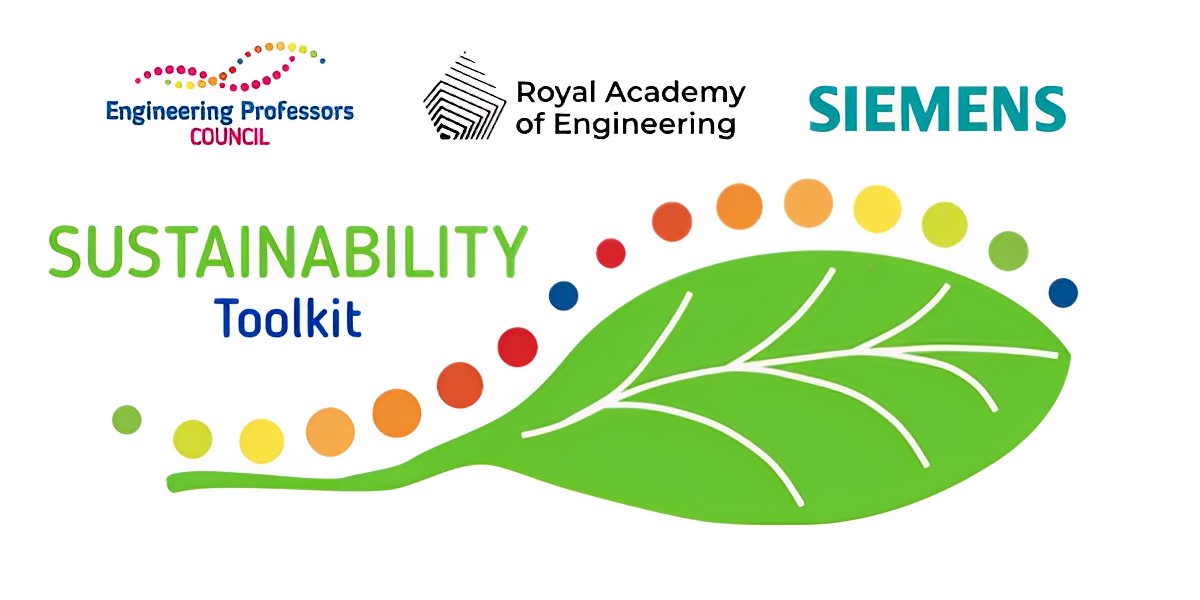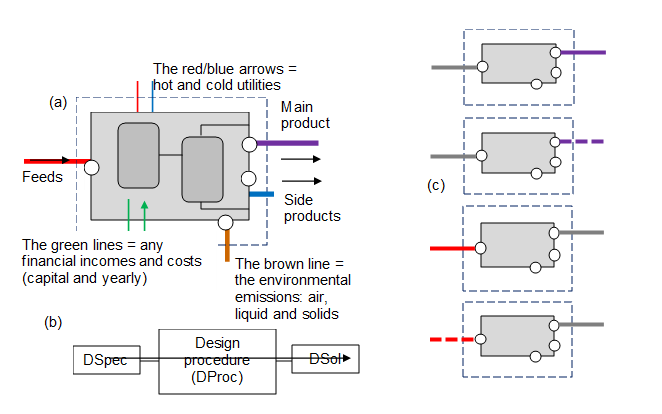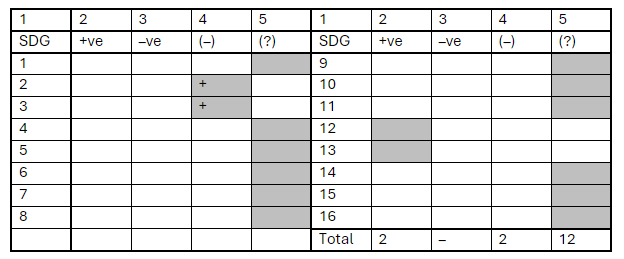Author: Mark J. Heslop (University of Strathclyde).
Topic: ESD in Chemical Engineering projects.
Tool type: Guidance.
Relevant disciplines: Chemical.
Keywords: Problem-based learning; Education for sustainable development; Circularity; Circular economy; Assessment; AHEP; Sustainability; Higher education; Design; Data; Pedagogy.
AHEP mapping: This resource addresses two of the themes from the UK’s Accreditation of Higher Education Programmes fourth edition (AHEP4): The Engineer and Society (acknowledging that engineering activity can have a significant societal impact) and Engineering Practice (the practical application of engineering concepts, tools and professional skills). To map this resource to AHEP outcomes specific to a programme under these themes, access AHEP 4 here and navigate to pages 30-31 and 35-37.
Related SDGs: SDG 2 (Zero hunger); SDG 3 (Good health and well-being); SDG 4 (Quality education); SDG 12 (Responsible consumption and production); SDG 13 (Climate action).
Who is this article for? This article should be read by Chemical Engineering educators in higher education who are seeking to integrate sustainability in their project modules. Engaging with this topic will also help to prepare students with the soft skill sets that employers are looking for.
Premise:
The design project (DP) is considered to be the major focus of the CE curriculum, where students work in groups to design a complete chemical process – feeds, products process routes, energy requirements, financial aspects and emissions. It is considered challenging for various reasons including the following: the requirement to recall and combine knowledge covered previously in taught classes (some of which may have been forgotten), dealing with a huge corpus of data (unavailability, uncertainty, some being in conflict and some being superfluous) and all the design decisions that need to be made from many options. This is a major contrast with standard taught modules where all the data required is normally provided in advance. Just making decisions is not enough – they need to be timely and justified otherwise the project may be rushed and may not complete by the deadline. This is why the DP is valued by employers. Furthermore, if Education for Sustainable Development (ESD) is embedded in the design project, it is more likely that students will take forward sustainability into the workplace. Figure 1 illustrates Chemical processes and the design project.
1. Subject (CE) and DP pictorial representations:
Part (a) is a generic representation of a chemical process and shows the input-output nature of chemical processes. A chemical process takes a feed and converts it to useful products (the process shown has two equipment units and four streams). Part (b) is a representation of the design project, where the specification (or brief) is provided to groups at the start (DSpec) and the final submission (or solution) is the information in part (a). Part (c) shows that specifications can be product-based (the top two) or feed-based (the bottom two). The dashed lines indicate specifications where the flowrate and composition of the feed/product is subject to design choice – a typical factor that will extend the design procedure and require more decision-making.
2. Inclusion of sustainability in the project topic and communication with students:
This is fairly straightforward in CE design projects, because of the circular economy and the associated waste minimisation. So, from Figure 1, a feed-based (rather than product-based) specification can be employed. Topics that have been used at Strathclyde in recent years have been the utilisation of coffee grounds, food waste and (in 2024) green and garden waste. It is helpful that such topics can be linked to many of the UN SDGs. Furthermore, waste products are often complex with many components, and one of the characteristics of chemical engineering is the various separation techniques. These two factors should be communicated to students to improve engagement.
3. Inclusion of sustainability as an ESD activity to be carried out by groups:
One of the complicating factors about the UN SDGs is that there are so many, meaning that there is the possibility of a chemical process having both positive and negative impacts on different SDGs. This means that groups really need to consider all of the SDGs. This might be conveniently demonstrated as per Table 1. Certainly, it would be hoped that there are more ticks in column 2 than in column 3. Column 4 corresponds to minimal change, and column 5 where there is not enough information to determine any impact.
Table 1: Sustainability rating form for design project submissions
As an example, consider a design project which is based on better utilisation of green waste. Let us say that this results in less greenhouse gas emissions, as well as there being less need to plant and harvest plants. This will result in positive outcomes for SDG12 and SDG13. There are also positive effects because more land can be used for crops, and there will be higher plant coverage during the year. It could be argued then that there are minor positive effects om SDG2 and SDG3. The subsequent SDG profile in Table 1 shows two major impacts and two minor impacts – this might be typical for DPs.
4. Assessment of sustainability in the design project:
Table 2 shows the typical sections in a DP submission. For convenience these are shown as having equal 20-mark contributions. One way of determining marks is to divide these sections into a number of dimensions, for example: use of the literature, technical knowledge, creativity/innovation and style/layout. Sustainability could then be included as a fifth dimension. It is then a case of determining the sustainability dimension for each of the marking sections. It could be argued that sustainability is particularly important at the start of the project (when feeds and amounts are being decided) and at the end (when the final process is being assessed). This explains the larger weightings in Table 2. Coherence refers to how well the submission reads in terms of order and consistency and is thus independent of sustainability. The weightings are subject to debate, but they do at least give the potential for consistent (and traceable) grading between different assessors.
Table 2: Design project assessment now including ESD
References:
Feijoo, G., Moreira, M.T. (2020) “Fostering environmental awareness towards responsible food consumption and reduced food waste in chemical engineering students”, Education for Chemical Engineers 33, pp. 27–35
IChemE (2021), “Accreditation of chemical engineering programmes: a guide for education providers and assessors”
This work is licensed under a Creative Commons Attribution-ShareAlike 4.0 International License.
Any views, thoughts, and opinions expressed herein are solely that of the author(s) and do not necessarily reflect the views, opinions, policies, or position of the Engineering Professors’ Council or the Toolkit sponsors and supporters.
To view a plain text version of this resource, click here to download the PDF.








